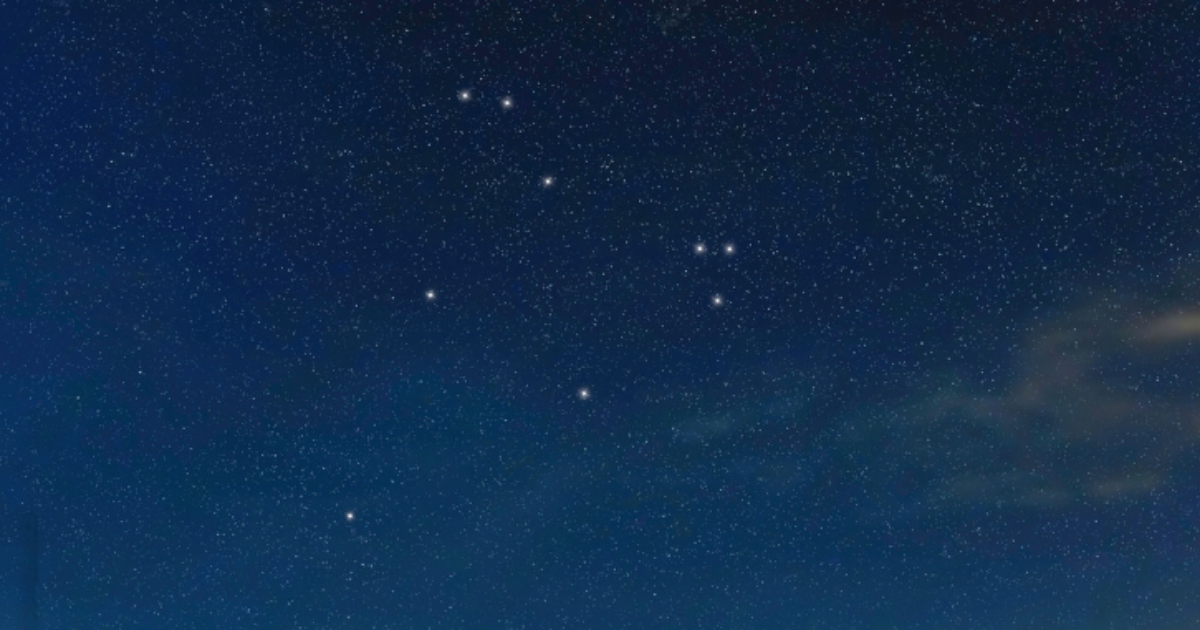The Cepheus constellation contains a total of 89 stars. It is located between the constellation of Andromeda and Andromedula. Many constellations are named after what they look like, for instance, Gemini for its two-headed twins and Cassiopeia for the queen who boasted that she was more beautiful than anyone in all the world.
Interesting Myths about Cepheus Constellation
Cepheus is a constellation in the northern sky, named after the amphibian king in Greek mythology. It’s often overlooked because of its proximity to Cassiopeia, but shining at a magnitude of 3.5, it has more than one point of interest! Learn all about this constellation with our list of myths and facts.
- Cepheus is located about 28 degrees north of Polaris.
- The brightest star in this constellation is Alderamin at magnitude 2.0.
The Principal Stars of Cepheus Constellation
When we gaze up at the night sky, one constellation that often catches our attention is Cepheus. Known for its distinctive shape and rich mythology, Cepheus is home to several principal stars that captivate both astronomers and stargazers alike.
One of the brightest stars in Cepheus is Alpha Cephei, also known as Alderamin. This luminous star shines with a blue-white brilliance, making it a prominent feature in the constellation. Its name derives from the Arabic word for “the right arm,” symbolizing its position within the celestial figure of King Cepheus.
Another notable star in this constellation is Delta Cephei, which holds great significance in the field of astronomy. Delta Cephei is classified as a variable star, meaning its brightness fluctuates over time. This variability has allowed scientists to establish an important relationship between its luminosity and pulsation period, leading to breakthroughs in measuring cosmic distances.
Moving further into the constellation, we find Zeta Cephei, also known as Alphirk. This binary star system consists of two stars orbiting around each other. The larger primary star is an evolved giant with a reddish hue, while its companion is smaller and bluish-white. Their celestial dance creates a mesmerizing spectacle for those observing from Earth.
Lastly, Epsilon Cephei deserves our attention as well. This double-star system features two yellow dwarf stars similar to our own Sun. They are separated by a distance comparable to that between Saturn and Uranus within our solar system.
How to locate Cepheus Constellation
If you have a fascination for stargazing and want to explore the wonders of the night sky, locating the Cepheus constellation can be a rewarding experience. With a little patience and the right tools, you can easily spot some of its brightest stars.
One way to locate Cepheus is by staying awake till late in the midnight hours. During this time, the constellation is well-positioned in the northern hemisphere. With the help of binoculars or a telescope, you can enhance your view and make it easier to identify its distinct features.
For those fortunate enough to reside in dark sky areas with minimal light pollution, witnessing the luminous Garnet Star within Cepheus becomes even more awe-inspiring. Its vibrant red color sets it apart from other stars in the constellation, making it a captivating sight for amateur astronomers and enthusiasts alike.
So if you’re ready for an adventure under the night sky, grab your binoculars or find a dark spot away from city lights. The Cepheus constellation awaits your discovery, offering a glimpse into the vastness and beauty of our universe.



